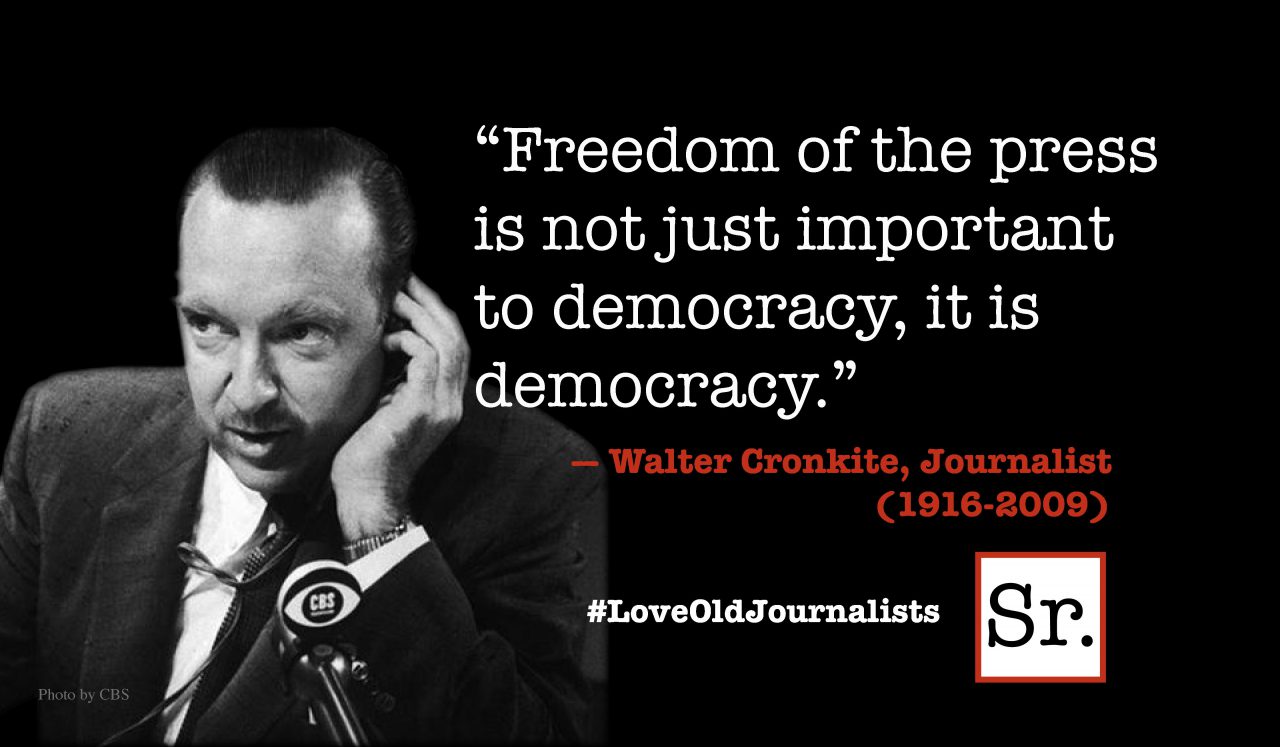When you know that your company will never be the low-cost producer nor will it ever have enough cash to outspend the big cat, there’s no choice but to find other ways to skin that cat. Thousands of small- to medium-sized businesses are successfully doing this. “How?” you ask? The answer lies within those factors that do not require fat bank accounts. There are far more than you think.
I’ll start with leadership. A good CEO costs no more than a bad one – sometimes far less when you consider costly mistakes and lucrative severance packages. The same argument can be made for strategies. The very best strategies aren’t generated by outside strategic planning consultants who bill thousands of dollars a day. These strategies come from the inquisitive mindsets of founders, entrepreneurs and employees who are keen to make a difference.
The path upon which I am walking is the one paved by powerful corporate cultures and shared employee values. More than ever before, cultural strength is separating winners from losers. That said, a culture that works for one company might be the kiss of death in another. Monsanto, for example, enjoys the competitive advantage that emanates from a culture of clout. The power they exert from impregnable patents and scale economies is providing unprecedented sales and earnings growth. Clout companies favor acquiring competitors, entering new product or service categories and expanding into virgin geographies. Ultimately, sales per employee decline as acquisitions are digested, plants are closed and employees are terminated.
So how does a small player compete against mega corporations? Rule number one: don’t try to copy the giant’s strategy or its culture. Culture separates winners from losers. There might be elements that are worth emulating, but certainly not the ethic of dominance, because by their very nature, small- and medium-sized operations have no clout. That doesn’t meant they can’t be strategically powerful. Specialization is the key to thriving against mega corporations with broad scope – generalists the likes of Walmart, Kraft and Google. In America, several specialist retailers who limit their product scope continue to thrive in an environment dominated by 5,000 Wal-Mart stores.
Stop trying to do more and more; do less, better. When an organization enjoys big-company power, a qualitative culture isn’t urgent. Qualitative cultures are about the creativity, the ingenuity and the innovation created by the human resource, not the financial resource. But to smaller companies, qualitative strategies are the catalyst to sustainable competitive advantage. This is a culture of entrepreneurial and innovative thinking.
Make the right move, shatter market paradigms and competitors will follow, no matter their size. And while they are scrambling to catch up, you can be working on the next move to alter the strategic game. This type of culture emanates from the top and permeates every nook and cranny of the operation. The leader cannot do it alone. He or she needs other leaders, and they are everywhere, waiting to be unleashed.
With the right headset, there is no reason why a smaller player cannot challenge a giant’s wallop and become a leader within its chosen market. The trick to thriving against the giants comes down to doing less, better with an arsenal of three weapons — leadership, strategy and culture. Here are seven cultural traits that help smaller players thrive in a business world in which big keeps getting bigger:
- The big guys are slow. Hustle.
- They are bureaucratic. Be nimble.
- They are risk averse. Think and act entrepreneurially.
- They are generalists. Be a specialist or organize the company to act like one.
- They are obsessed with scale. Be obsessed with creativity and innovation.
- They are fact-centric; the more data at their disposal, the better. Be fact-selective.
- They grow by doing more and more. Grow by doing less, better.
At the core of doing less, better is Pareto’s Principle, the 80/20 rule known as the law of the vital few. The principle is more than a century old and is rooted in Vilfredo Pareto’s simple observation that 20 percent of the pea pods in his garden contained 80 percent of the peas. This led to a more profound assertion by Pareto — that 80 percent of the land in Italy was owned by 20 percent of the population. You’ve likely heard this expression in business as it applies to sales, profits and customers. Generally speaking, 20 percent of the new initiatives deliver 80 percent of the rewards. Choose carefully, and you save money, reduce complexity and ride the fastest race horses to the future.









